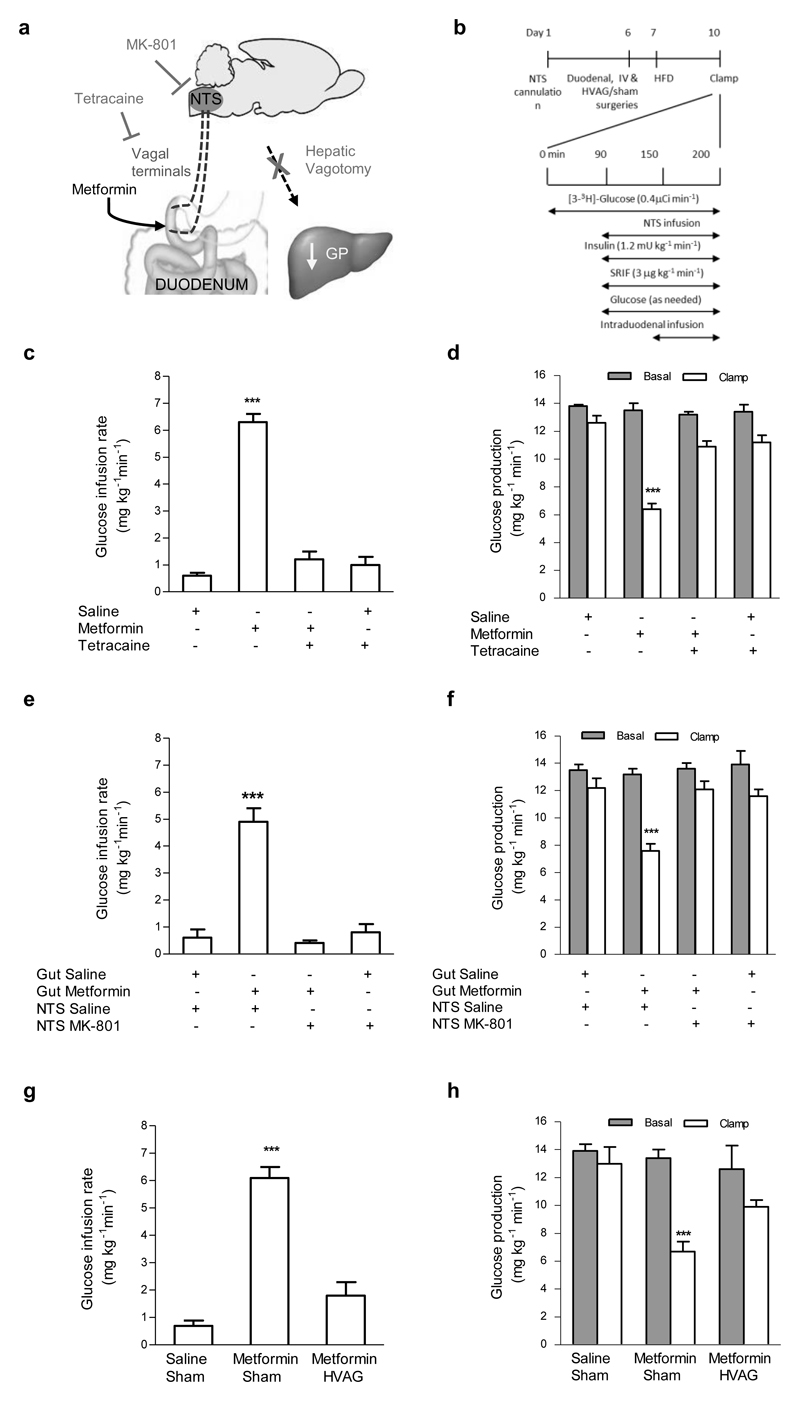Figure 3. A gut-brain-liver neuronal axis is required for the GP-lowering effect of metformin.
(a) Schematic representation of the working hypothesis. Duodenal metformin triggers the afferent nerve terminals in the duodenum, and signals via NMDA receptors at the level of the NTS, which signals via the hepatic vagus to lower GP. (b) Experimental procedure and pancreatic (basal insulin) euglycemic clamp protocol with NTS infusion. (c,d) The glucose infusion rate (c) and rate of GP (d) in HFD-fed rats infused with intraduodenal tetracaine alone (n=5) or in combination with metformin (n=6). (e,f) The glucose infusion rate (e) and rate of GP (f) in HFD-fed rats with intraduodenal saline or metformin and DVC saline (n=4,5) or MK-801 (n=5,6). (g,h) The glucose infusion rate (g) and rate of GP (h) in HFD-fed rats with intraduodenal metformin with either a sham surgery (n=5) or HVAG (n=6). Values are shown as mean ± s.e.m. ***p < 0.001, versus saline, as calculated by one-way ANOVA with Tukey’s post hoc test. GP, glucose production; NMDA, N-Methyl-D-aspartate; NTS, nucleus of the solitary tract; HFD, high-fat diet; SRIF, somatostatin; HVAG hepatic vagotomy.

